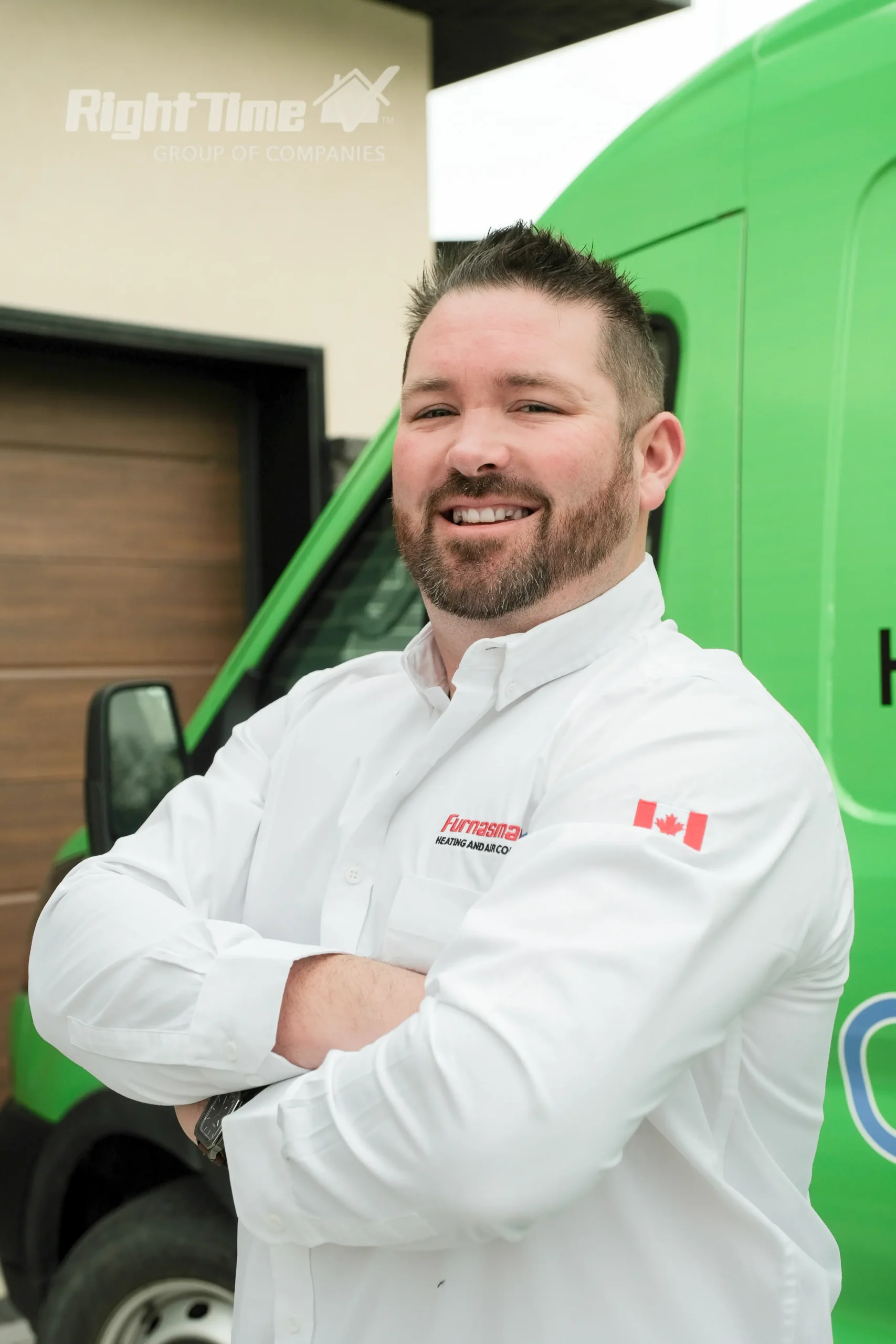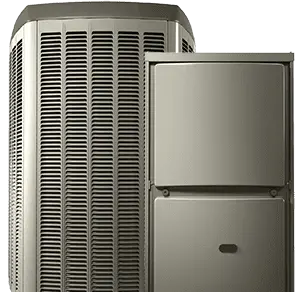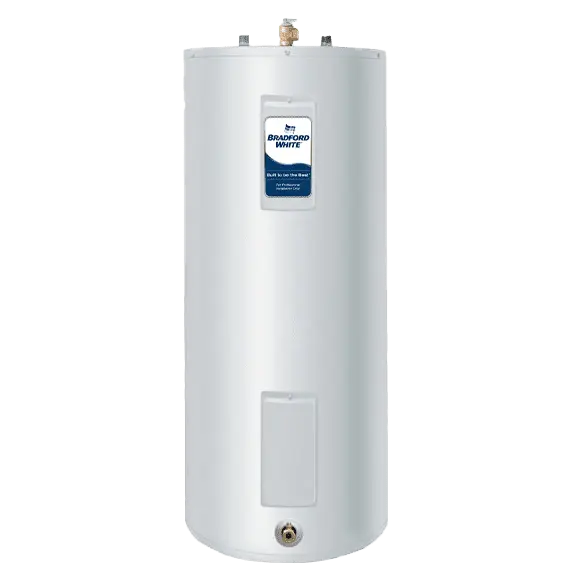Smart Thermostat Setbacks by Region (Ontario vs Prairies)

Two ready-to-use schedules you can apply today, no guesswork.
Why Ontario and the Prairies need different schedules
- Recovery in deep cold: Larger setbacks in the Prairies can lengthen recovery and may reduce comfort/efficiency during cold snaps.
- Duct/airflow realities: Long runs and fewer returns in some Prairie homes mean smaller temperature swings can help maintain even heat.
- Electric use from fans/accessories: Even with gas heat, blower runtime uses electricity; short “Circulate” windows may improve mixing without significant temperature changes.
Safety note: Avoid large setbacks anywhere plumbing could freeze (perimeter bathrooms, mechanical rooms). Keep spaces with plumbing sufficiently heated and sealed against drafts; frozen pipes can occur in very cold snaps. When uncertain, choose gentler setbacks and keep doors open for airflow.
Ontario: Ready-to-Use Heating Schedule (Moderate Setbacks)
(Good default for GTA/Southern ON gas-furnace homes, adjust for comfort.)
Target comfort (occupied): ~21 °C main living areas
Weekdays
- 6:00–8:30 a.m. (Wake): 21 °C
- 8:30 a.m.–4:30 p.m. (Away): 19 °C (Geofence can trigger earlier)
- 4:30–10:30 p.m. (Evening): 21 °C
- 10:30 p.m.–6:00 a.m. (Sleep): 18.5–19 °C
Weekends
- 7:00 a.m.–11:00 p.m.: 21 °C
- 11:00 p.m.–7:00 a.m.: 18.5–19 °C
Ontario tips
- Enable Adaptive Recovery/Pre-Heat so the home arrives at 21 °C by wake-up.
- Use Geofence for variable schedules.
- Try Fan “Circulate” 15–30 min/hour in the evening to smooth upstairs/downstairs temps. Benefits vary by duct design and insulation; start low and adjust.
- Weekends and OEB-listed statutory holidays use the lowest TOU/ULO prices all day, good windows to lean on scheduled recovery and “Circulate.”
Note: NRCan’s general guide is ~20 °C when awake/at home and ~17 °C when sleeping/away, adjust to comfort and building needs.
Prairies: Ready-to-Use Heating Schedule (Gentle Setbacks)
(Good default for Winnipeg/MB and similar climates; reduces long recoveries.)
Target comfort (occupied): ~21 °C main living areas
Weekdays
- 6:30–9:00 a.m. (Morning): 21 °C
- 9:00 a.m.–5:00 p.m. (Away/light setback): 20 °C
- 5:00–10:30 p.m. (Evening): 21 °C
- 10:30 p.m.–6:30 a.m. (Sleep): 19.5–20 °C
Weekends
- 7:30 a.m.–11:00 p.m.: 21 °C
- 11:00 p.m.–7:30 a.m.: 19.5–20 °C
Prairie tips
- During extreme cold (e.g., near −25 °C or lower), use only minor setbacks (≈0.5–1 °C) or hold at a steady comfort setpoint to avoid long recovery times and comfort issues.
- A practical baseline: setting back by ~3 °C for ~8 hours can save ~3–4% on heating, start small and adjust.
- Start Adaptive Recovery 15–30 minutes earlier than Ontario schedules.
- Use Fan “Circulate” 10–20 min/hour in the evening and keep return grilles clear.
Smart Features (What to Use; No Brand Lock-In)
- Adaptive Recovery (Pre-Heat): The thermostat starts heating early so the home reaches the target temperature at the scheduled time while minimizing auxiliary heating and overshoot (model-dependent).
- Occupancy Learning & Geofence: May automatically adjust to Away/Home if people leave/arrive off-schedule.
- Room/Remote Sensors: Prioritizing occupied rooms may improve comfort without big, whole-home changes.
- Fan-Only “Circulate”: Short, periodic windows can help even temperatures without running the heat longer.
- Humidity & filter reminders: Proper humidity and clean filters typically make lower setpoints feel more comfortable.
Reminder: Follow your thermostat’s manufacturer guidance. For precise calibration (sensors, staging, recovery), technicians can check and calibrate thermostat settings during a furnace tune-up. Adjustments can help reduce energy use; actual savings vary by home, equipment, and weather.
DIY vs Pro Boundaries (Practical & Safe)
Homeowner-friendly
- Apply one of the schedules above; enable Adaptive Recovery and Geofence.
- Place remote sensors at breathing height, away from drafts/sun.
- Keep all supply registers and return grilles open; replace filters on schedule.
What to book at a tune-up (no DIY instructions)
- Check and calibrate thermostat settings, sensor placement/offsets, staging and recovery timing.
- Verify temperature rise and airflow; make balancing suggestions to smooth comfort.
FAQs
Do bigger setbacks always save more?
Not necessarily. In deep cold, large setbacks can lengthen recovery and may erase savings. Start with moderate (Ontario) or gentle (Prairies) setbacks, and adjust as needed. Savings from setbacks are typically greater in milder climates than in severe cold conditions.
Should I leave the fan ON all day?
Usually no. Short Fan “Circulate” windows (10–30 min/hour) can help even temperatures without constant blower use.
What about finished basements and pipes?
Keep doors open for airflow, use minor setbacks during cold snaps, and avoid pushing perimeter rooms too cool. Add a room sensor if a space tends to run cold.

